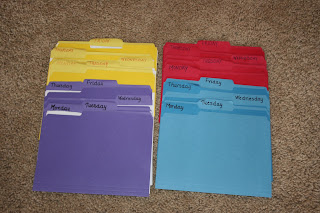We all know
"If Momma Ain't Happy
Ain't Nobody Happy."
I have been forced to find ways to make Momma and Company Happy. Last spring I began playing more phonic games and doing less of the repetitious charts. I threw away several handwriting worksheets and allow Beka to write letters, love notes to me (aren't they sweet at that age?) or copy something instead.
When that no longer was working, I created a new variation to break the monotony. I explained to Beka how her Grandma Mary used to teach in a one room school room in North Dakota. I sent her to search her dress-ups for appropriate clothing, we gathered students, also dressed them appropriately, and she school began.
I quickly explained the worksheet to Beka and she "taught" it to her students, asking questions and filling in the right answers. It was adorable!
 My Mom really isn't this old, but we also garnished ideas from our cherished "Anne of Green Gables." Notice the old school bell? The adorable elf rubber stamps were a gift from my mother-in-law when I first began teaching.
My Mom really isn't this old, but we also garnished ideas from our cherished "Anne of Green Gables." Notice the old school bell? The adorable elf rubber stamps were a gift from my mother-in-law when I first began teaching.
As we begin a new year, I am praying for the inspiration to KEEP the monotony away instead of fighting it back, to keep our enthusiasm high and to keep learning exciting.






